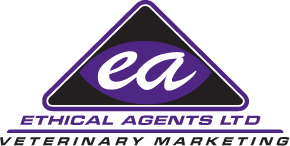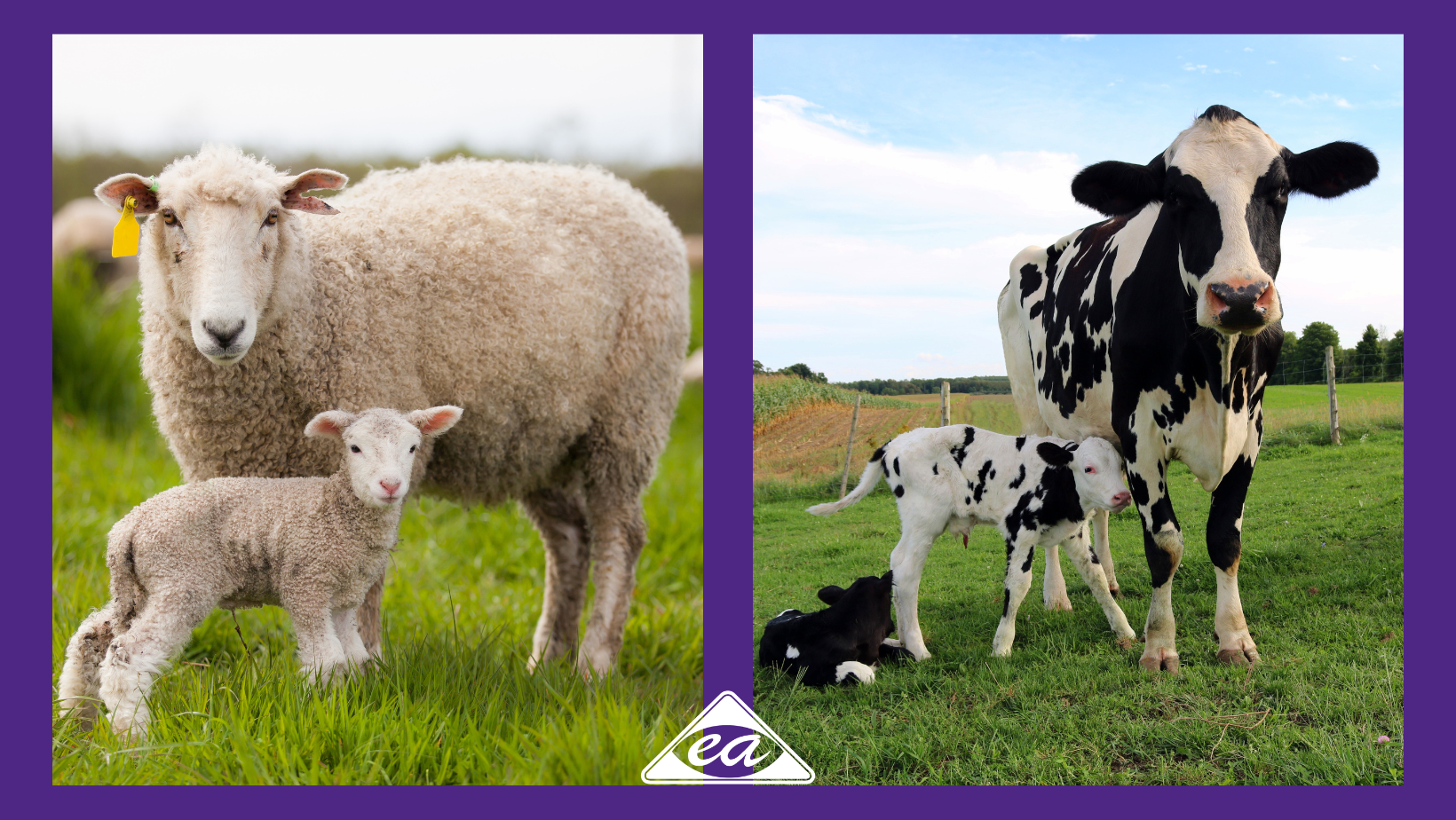A Guide to Successful Weaning: Nurturing Healthy Lambs and Calves
Weaning is a crucial stage in the development of lambs and calves, marking the transition from dependence on their mother’s milk to consuming solid food. This process requires careful planning and management to ensure the health and well-being of the young animals. In this guide, we will explore the key steps and considerations for successfully weaning lambs and calves.
Timing is Everything
-
- Weaning should ideally occur when lambs and calves are around 8 to 12 weeks old.
- Ensure that the young animals have had sufficient time to develop a functional rumen for efficient digestion of solid feeds.
Nutrition Matters
-
- Gradually introduce solid feeds before weaning to accustom the animals to the new diet.
- Provide a balanced diet with adequate levels of protein, energy, vitamins, and minerals.
- High-quality forage, such as good pasture or hay, is essential for proper rumen development.
Separation Strategies
-
- Begin by separating lambs and calves from their mothers for short periods, gradually extending the duration.
- Use physical barriers or separate pens to prevent direct contact between mothers and offspring.
- This process allows the young animals to adapt to independence while reducing stress.
Monitor Health and Well-being
-
- Keep a close eye on the health of the weaned lambs and calves, especially during the initial days post-weaning.
- Watch for signs of stress, such as excessive vocalisation, weight loss, or changes in behavior.
- Provide access to clean water at all times to ensure proper hydration.
Vaccination and Health Protocols
-
- Follow a vaccination schedule recommended by a veterinarian to protect the young animals from common diseases.
- Implement a health program that includes regular checks for parasites and appropriate treatments.
Environmental Considerations
-
- Ensure that the weaning environment is clean, well-ventilated, and provides protection from extreme weather conditions.
- Adequate shelter and comfortable bedding contribute to the well-being of the young animals.
Socialisation
-
- Whenever possible, group weaned lambs and calves with animals of similar age to promote socialization.
- This helps reduce stress and encourages normal behavioral development.
Gradual Weaning Techniques
-
- Consider using gradual weaning techniques, such as creep feeding, to ease the transition.
- Creep feeding involves providing supplemental feed to young animals while still allowing them access to their mother’s milk.
Weaning lambs and calves is a delicate process that requires thoughtful planning and attention to detail. By focusing on nutrition, gradual separation, health monitoring, and environmental considerations, you can ensure a smooth transition for these young animals, setting the foundation for their future growth and development. Always consult with a veterinarian for personalised advice tailored to your specific farming practices and the needs of your livestock.


Leave a Reply